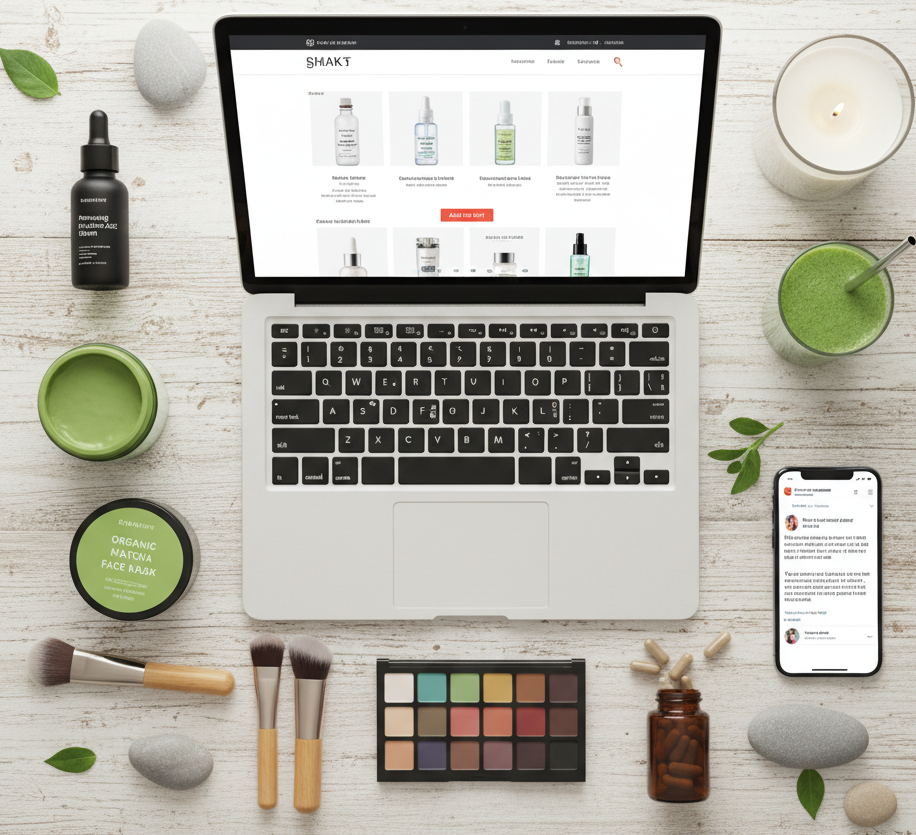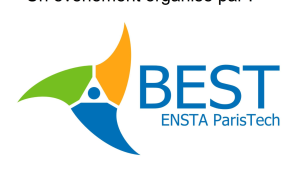The health and beauty industry is experiencing a monumental shift. What was once primarily a brick-and-mortar domain has rapidly expanded into a vast digital marketplace, offering unprecedented opportunities for growth and connection with consumers. From skincare and cosmetics to wellness supplements and fitness gear, the journey of a health and beauty product from manufacturer to consumer is increasingly intricate, yet filled with potential for businesses that understand the nuances of online sales and transactions.
In this comprehensive guide, we’ll delve deep into the strategies and best practices for excelling in health and beauty sales in the digital age. We’ll explore how to attract, engage, and convert customers, ensuring smooth transactions and fostering long-term brand loyalty in a highly competitive landscape.
The Evolving Landscape of Health & Beauty E-commerce
The digital transformation of health and beauty isn’t just about selling products online; it’s about creating an immersive, informative, and personalized shopping experience. Consumers are savvier than ever, demanding transparency, authenticity, and convenience.
Key Trends Driving the Market:
- Personalization: AI-powered recommendations, custom formulations, and tailored beauty routines are no longer luxuries but expectations.
- Sustainability & Ethical Sourcing: Consumers are increasingly conscious of environmental impact and ethical practices, demanding clean ingredients, eco-friendly packaging, and fair labor.
- Influencer Marketing & User-Generated Content (UGC): Social media platforms are pivotal, with influencers and real user reviews significantly impacting purchasing decisions.
- Subscription Models: Recurring revenue from subscription boxes for essentials or personalized regimens is a growing segment.
- Omnichannel Experience: Seamless integration between online stores, social media, physical retail (if applicable), and customer service channels is crucial.
Understanding these trends is the first step toward crafting an effective sales strategy.
Crafting a Winning Online Sales Strategy
To thrive, health and beauty brands need a robust online sales strategy that encompasses product presentation, marketing, and a frictionless purchasing journey.
1. Product Presentation and Storytelling
In a visually driven industry, high-quality visuals are non-negotiable.
- Professional Photography & Videography: Showcase products from multiple angles, highlighting textures, colors, and application. Before-and-after photos are particularly effective for skincare and makeup.
- Detailed Product Descriptions: Go beyond features. Explain benefits, ingredients (with their functions), usage instructions, and ideal skin types/concerns. Use keywords relevant to your product.
- Brand Story: Consumers connect with stories. Explain your brand’s mission, values, inspiration, and what makes your products unique. This builds emotional connection and trust.
- User-Generated Content Integration: Feature customer reviews, photos, and videos prominently. This provides social proof and authentic validation.
2. Digital Marketing & Customer Acquisition
Reaching your target audience requires a multi-faceted digital marketing approach.
- Search Engine Optimization (SEO): This is paramount for discoverability.
- Keyword Research: Identify terms your target audience uses to search for products (e.g., “best anti-aging serum,” “organic skincare for sensitive skin,” “vegan makeup brands”).
- On-Page SEO: Optimize product titles, descriptions, meta descriptions, and image alt text with these keywords.
- Content Marketing: Create blog posts, guides, and articles around relevant topics (e.g., “How to Choose the Right Foundation,” “Benefits of Hyaluronic Acid,” “A Guide to Clean Beauty”). This positions you as an authority and drives organic traffic.
- Technical SEO: Ensure your website is fast, mobile-friendly, and easy for search engines to crawl.
- Social Media Marketing:
- Platform Choice: Focus on visual platforms like Instagram, Pinterest, TikTok, and YouTube.
- Engaging Content: Share tutorials, behind-the-scenes glimpses, product launches, Q&As, and user spotlights.
- Influencer Collaborations: Partner with relevant micro- and macro-influencers to reach new audiences.
- Paid Social Ads: Target specific demographics and interests with compelling ad creatives.
- Email Marketing: Build an email list to nurture leads and retain customers.
- Welcome Series: Introduce new subscribers to your brand and offers.
- Product Launches & Promotions: Announce new arrivals and exclusive discounts.
- Personalized Recommendations: Suggest products based on past purchases or browsing history.
- Abandoned Cart Recovery: Remind customers about items left in their cart.
- Paid Search Advertising (PPC): Google Ads can drive immediate, targeted traffic. Bid on high-intent keywords to appear at the top of search results.
3. Optimizing the Transaction Process
A seamless checkout experience is crucial for converting browsers into buyers. Any friction can lead to abandoned carts.
- User-Friendly Website Design: An intuitive interface, clear navigation, and fast loading times are essential.
- Streamlined Checkout Flow: Minimize steps and required information. Offer guest checkout.
- Multiple Payment Options: Provide popular methods like credit/debit cards, PayPal, Apple Pay, Google Pay, and buy-now-pay-later services (e.g., Afterpay, Klarna).
- Transparent Pricing & Shipping: Clearly display product prices, shipping costs, and estimated delivery times upfront. Avoid hidden fees.
- Security & Trust Badges: Reassure customers that their personal and payment information is secure with SSL certificates and trust badges.
- Returns & Refund Policy: A clear, customer-friendly policy builds confidence and reduces purchase anxiety.
Post-Purchase Engagement and Customer Retention
The transaction doesn’t end at checkout. Nurturing customer relationships post-purchase is vital for repeat business and brand advocacy.
- Order Confirmation & Shipping Updates: Keep customers informed about their order status.
- Personalized Follow-ups: Send thank-you emails, solicit product reviews, and offer personalized recommendations for future purchases.
- Loyalty Programs: Reward repeat customers with points, exclusive discounts, or early access to new products.
- Exceptional Customer Service: Be responsive and helpful across all channels (email, chat, social media). Addressing concerns promptly can turn a negative experience into a positive one.
- Community Building: Create a space (e.g., social media group, forum) where customers can connect, share tips, and discuss your products.
Measuring Success and Adapting
Continuously monitor your performance and be prepared to adapt your strategies.
- Key Performance Indicators (KPIs): Track metrics like conversion rate, average order value, customer acquisition cost, customer lifetime value, website traffic, and bounce rate.
- Analytics Tools: Utilize Google Analytics, e-commerce platform dashboards, and social media insights to understand customer behavior.
- A/B Testing: Experiment with different website layouts, product descriptions, ad creatives, and email subject lines to see what resonates best with your audience.
- Stay Updated: The digital landscape is constantly evolving. Keep abreast of new technologies, platform updates, and industry trends.
Conclusion
The health and beauty industry offers immense opportunities for businesses willing to embrace the digital frontier. By focusing on compelling product presentation, strategic digital marketing, a seamless transaction process, and dedicated post-purchase engagement, brands can not only drive sales but also build a loyal customer base. In a world where consumers seek both efficacy and experience, mastering these elements will be the key to sustained success in the vibrant and ever-expanding online health and beauty marketplace.






